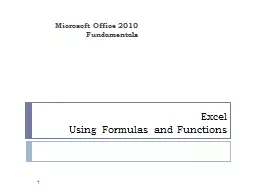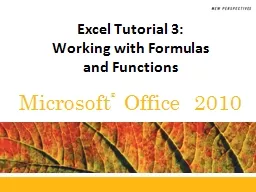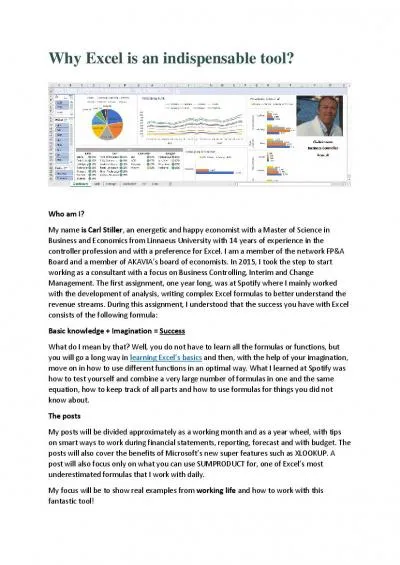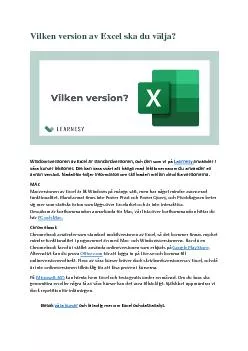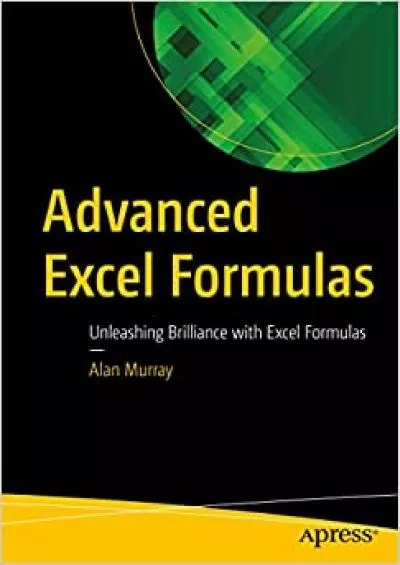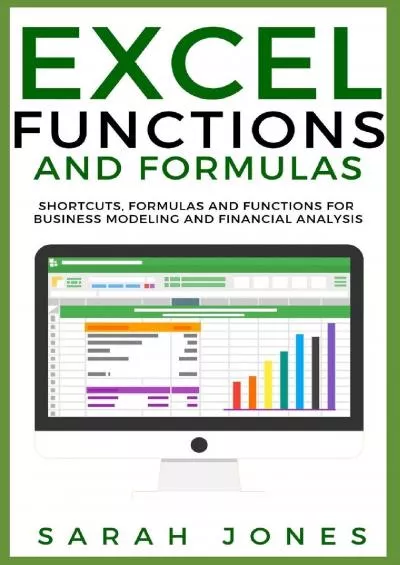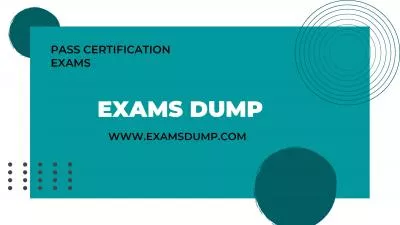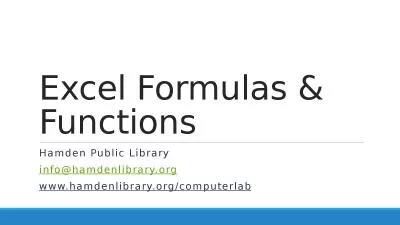PPT-Excel Using Formulas and Functions
Author : test | Published Date : 2018-11-01
Microsoft Office 2010 Fundamentals 1 Introduction 2 The real power of a spreadsheet program such as Excel is its ability to perform simple and complex calculations
Presentation Embed Code
Download Presentation
Download Presentation The PPT/PDF document "Excel Using Formulas and Functions" is the property of its rightful owner. Permission is granted to download and print the materials on this website for personal, non-commercial use only, and to display it on your personal computer provided you do not modify the materials and that you retain all copyright notices contained in the materials. By downloading content from our website, you accept the terms of this agreement.
Excel Using Formulas and Functions: Transcript
Download Rules Of Document
"Excel Using Formulas and Functions"The content belongs to its owner. You may download and print it for personal use, without modification, and keep all copyright notices. By downloading, you agree to these terms.
Related Documents

